When I think of about the term “Game Jam,” I don’t often think about industry giants like Ubisoft, Rovio, Sony, and Disney. This weekend in the gorgeous offices of Learning Objects, those very same developers along with a host of educational developers and small teams came together to spend 48 straight hours, each creating an educational game. What’s even better is that they also invited several teachers to act as mentors and guides, which is why I’m writing this blog post now.
I’ve pointed out before that the idea of leveraging games for classroom use is gaining traction, and these kinds of events go a long way to backing that claim. The question is quickly changing from whether we should use games in the classroom to how we should use them. During the introductory remarks, it was pointed out that studies show significant cognitive gains in students who play video games in school. 92% of young elementary school students could solve algebraic equations after spending an hour with the amazing game Dragon Box.
After a quick morning meeting, teams were sent to “jam.” They were given suggestions in each content area and asked to keep standards in mind. About a day after they begin to brainstorm ideas for their game, teams welcome students into the office to playtest. A mere 24 hours later, each team is expected to have a working, playable prototype to unveil at the White House. They will create a two-minute video about their game and have another minute to speak about their product.
It’s early yet, but the atmosphere here is electric. Perhaps most gratifying for me personally is seeing how eager the developers are to receive guidance from the educators. More than once, teams have pitched their idea to me, asked for suggestions, and modified their trajectory based on my input. There is a real positivity in the room, and I think it stems from the fact that gaming as a source of entertainment, as a form of art, and now as a teaching tool is finally being taken seriously. Most of us are here because games have had a positive impact in our lives and we recognize that we learned and grew from playing them.
For a long time, I would have been slightly embarrassed to admit I was a gamer. Many of us, even those of us who should know better, still have that skewed mental image of a gamer. You know the one. The image is almost always male, adolescent, and adverse to sunlight. Often, a basement is involved. That stigma is gradually falling away, as young gamers become adult gamers and refuse to ditch their beloved past-time because they’ve reached a certain age.
To deliver to students the kind of rich, engaging experience that we know is possible in gaming provides the ultimate validation. We’re still many hours and lots of energy drinks away from the end, but I can’t wait to see what comes from this jam.
I’ve pointed out before that the idea of leveraging games for classroom use is gaining traction, and these kinds of events go a long way to backing that claim. The question is quickly changing from whether we should use games in the classroom to how we should use them. During the introductory remarks, it was pointed out that studies show significant cognitive gains in students who play video games in school. 92% of young elementary school students could solve algebraic equations after spending an hour with the amazing game Dragon Box.
After a quick morning meeting, teams were sent to “jam.” They were given suggestions in each content area and asked to keep standards in mind. About a day after they begin to brainstorm ideas for their game, teams welcome students into the office to playtest. A mere 24 hours later, each team is expected to have a working, playable prototype to unveil at the White House. They will create a two-minute video about their game and have another minute to speak about their product.
It’s early yet, but the atmosphere here is electric. Perhaps most gratifying for me personally is seeing how eager the developers are to receive guidance from the educators. More than once, teams have pitched their idea to me, asked for suggestions, and modified their trajectory based on my input. There is a real positivity in the room, and I think it stems from the fact that gaming as a source of entertainment, as a form of art, and now as a teaching tool is finally being taken seriously. Most of us are here because games have had a positive impact in our lives and we recognize that we learned and grew from playing them.
For a long time, I would have been slightly embarrassed to admit I was a gamer. Many of us, even those of us who should know better, still have that skewed mental image of a gamer. You know the one. The image is almost always male, adolescent, and adverse to sunlight. Often, a basement is involved. That stigma is gradually falling away, as young gamers become adult gamers and refuse to ditch their beloved past-time because they’ve reached a certain age.
To deliver to students the kind of rich, engaging experience that we know is possible in gaming provides the ultimate validation. We’re still many hours and lots of energy drinks away from the end, but I can’t wait to see what comes from this jam.
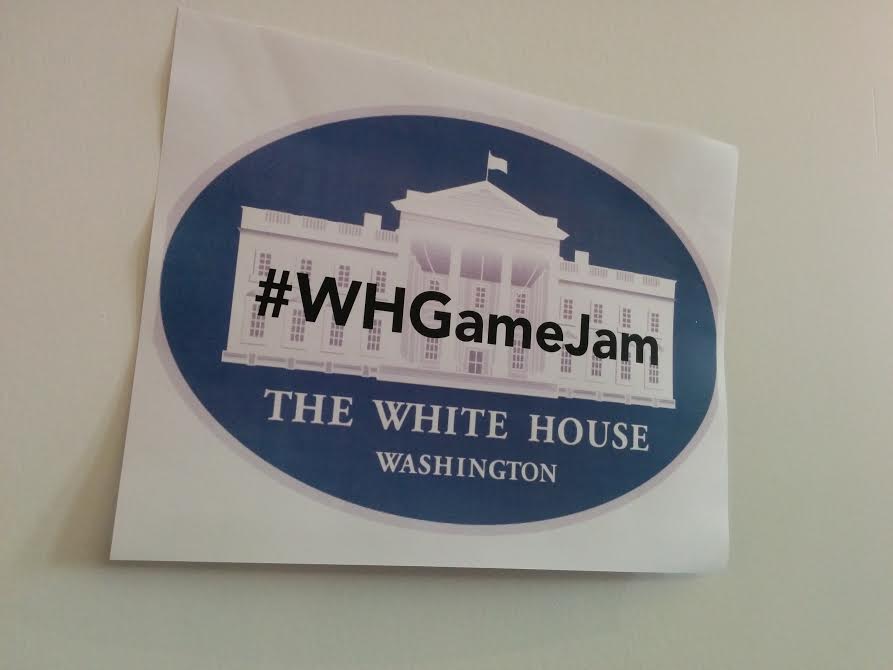
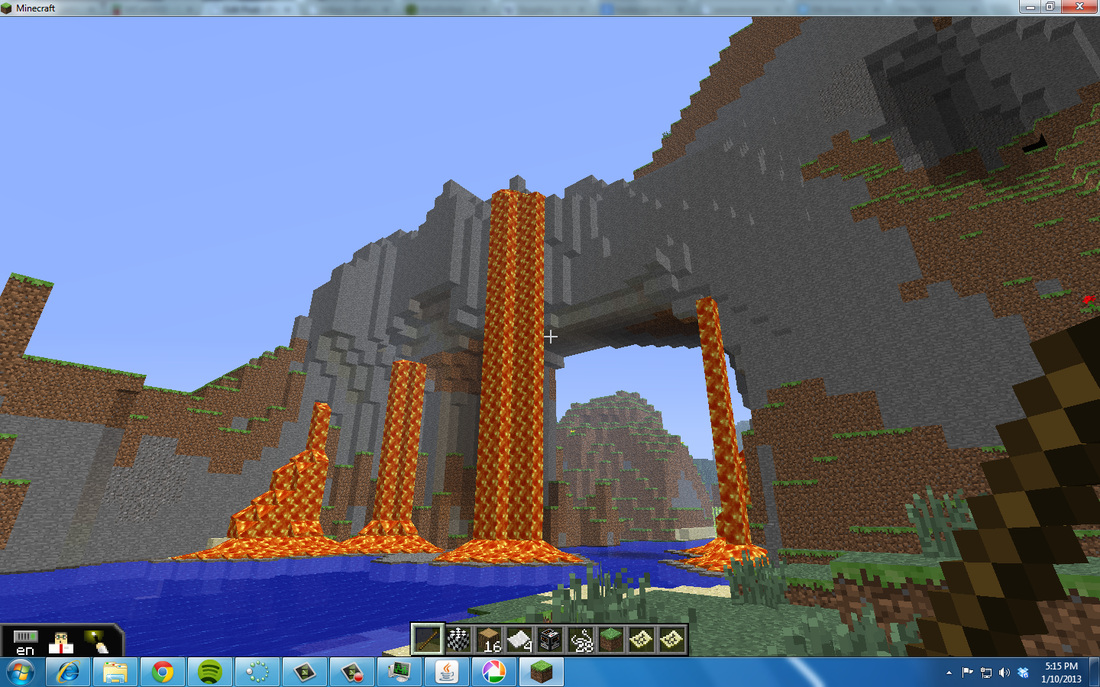
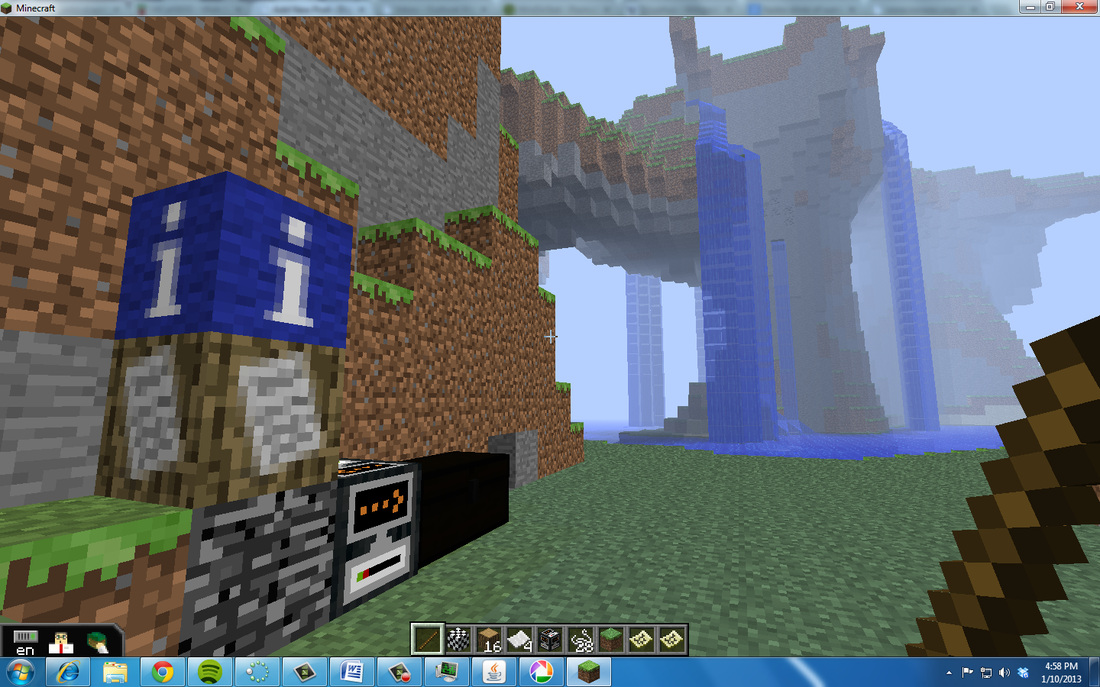
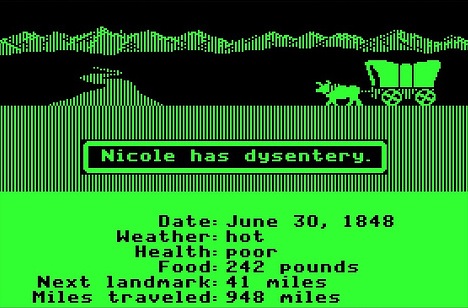
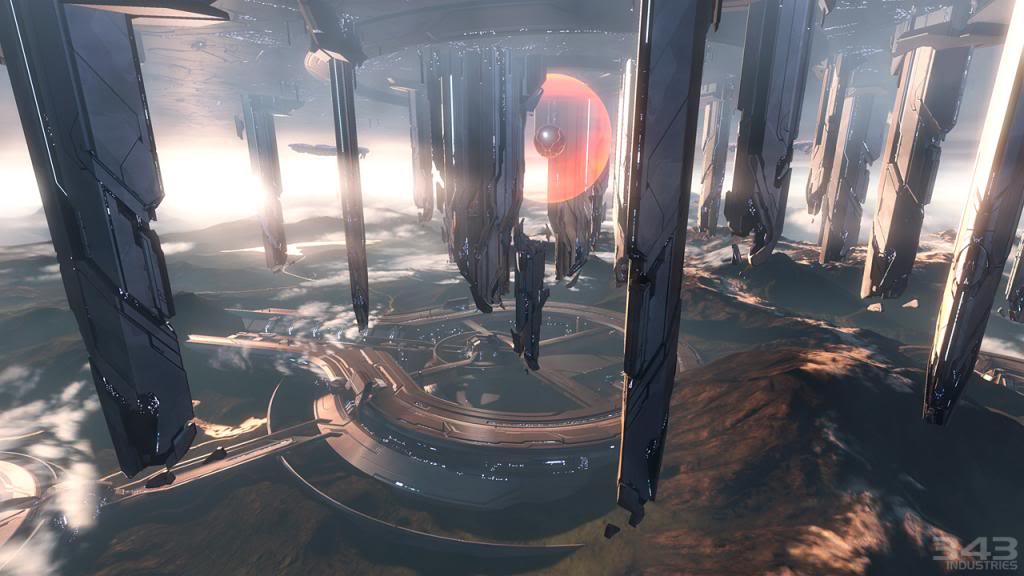
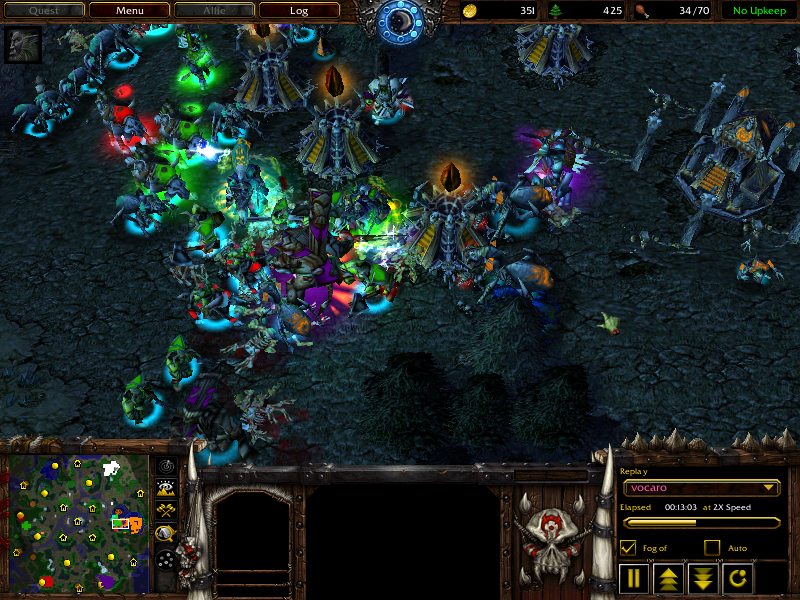
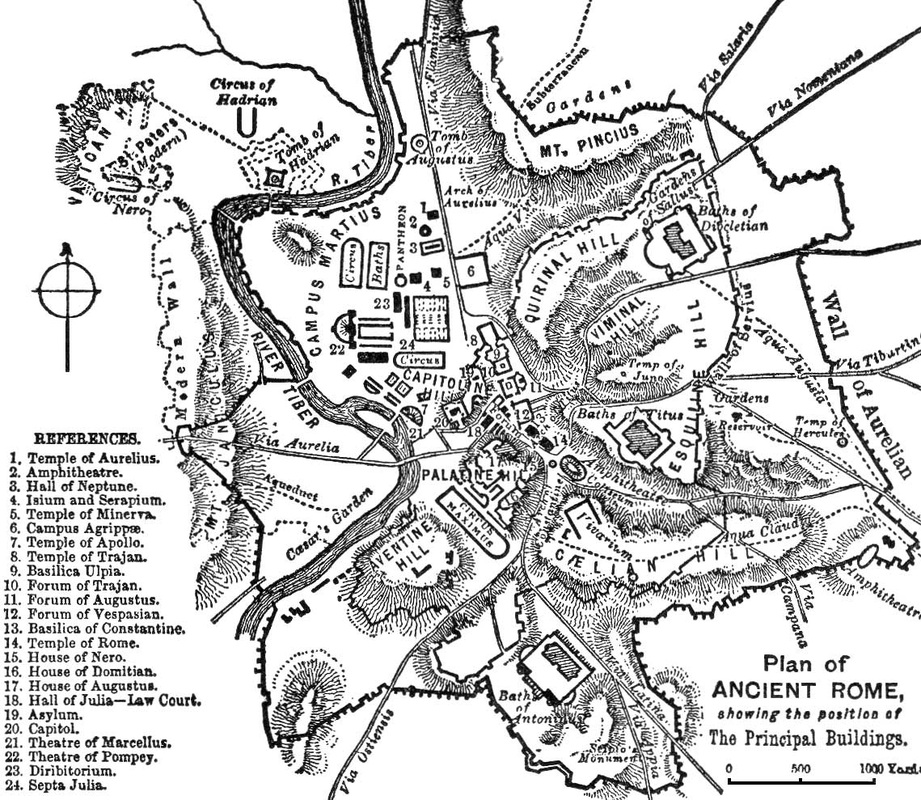
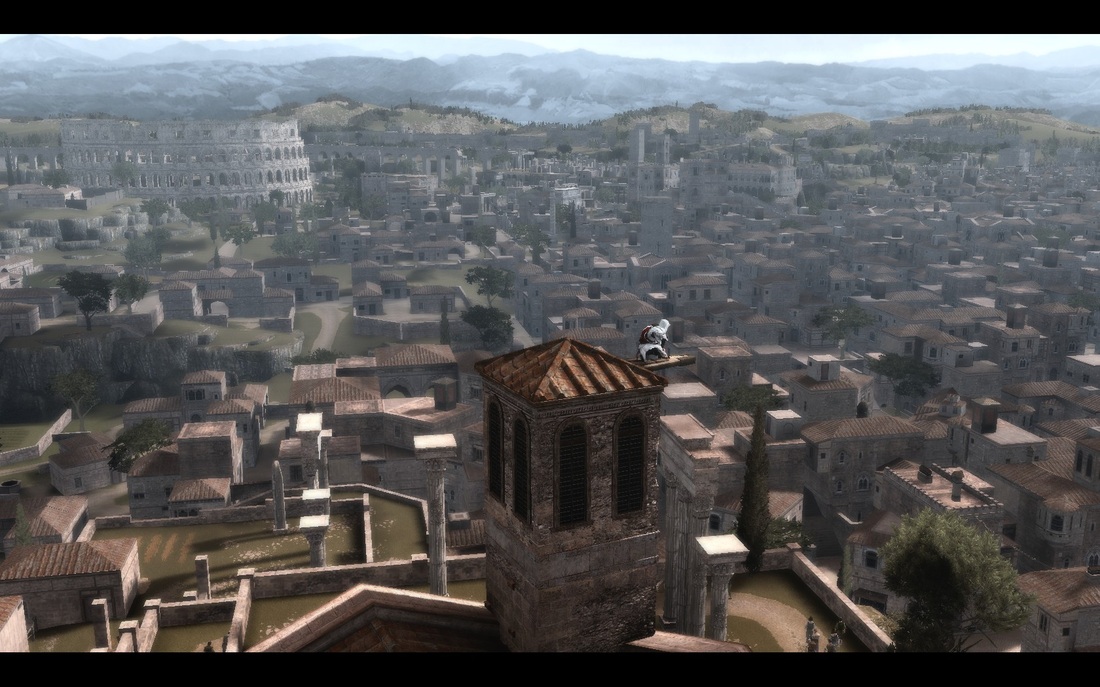
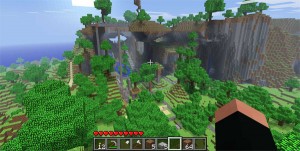
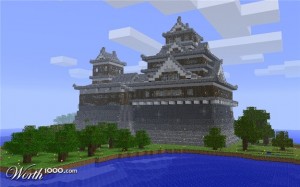
 RSS Feed
RSS Feed
